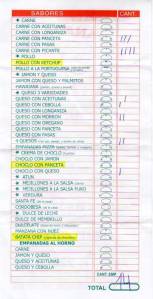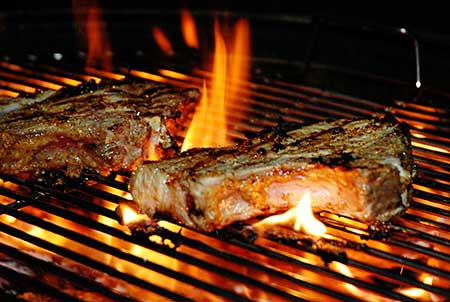Being the wife’s birthday, we had a ‘splurge’ meal at the Armenian restaurant Garní in Solís, near Piriápolis, where we’ve been going off and on for over a year. It’s about a half hour away.
- If you don’t know Spanish, the accent indicates the accented syllable, and in Spanish only one syllable is emphasized, no matter how many exist in a word (it can be 7-8 easily)
- If you don’t know Uruguay, this conversation does not exist: She: it’s my birthday – let’s go out to eat. He: Last time we ate out it was Thai. Do you want to do that, or Tex-Mex, or Chinese, or Italian, or…? It’s more like, what kind of meat do you want with your french fries? So an excellent restaurant with food with different flavors is remarkable.
Though we haven’t been there in a while, Michel, the waiter, knew exactly what we were going to order.
Sitting in their shaded outdoor area a block form the ocean, we started with a meze of tsatsiki, hummus, tabouli and a delicious eggplant concoction, with pita bread and a half-liter of white wine. We shared a lamb shish kebob and enslada belen, a wonderful mix of eggplant, apples, red pepper, cashews and prunes (I think). And another half-liter of wine.
I got a laugh out of him with my comment (actually no need for Spanish; he speaks English and French as well) comimos como Uruguayos – we ate like Uruguayans! Servings can be HUGE here. He repeated it and got a laugh out of the chef Ani (who also speaks English, and also Armenian and Turkish). We normally don’t eat dessert, but when Michel came out and started talking to us in a low, conspiratorial way, we figured they were going to offer us a free dessert since it was the wife’s birthday, something that had come out earlier in conversation.
No, not that. The entire meal was on the house.




